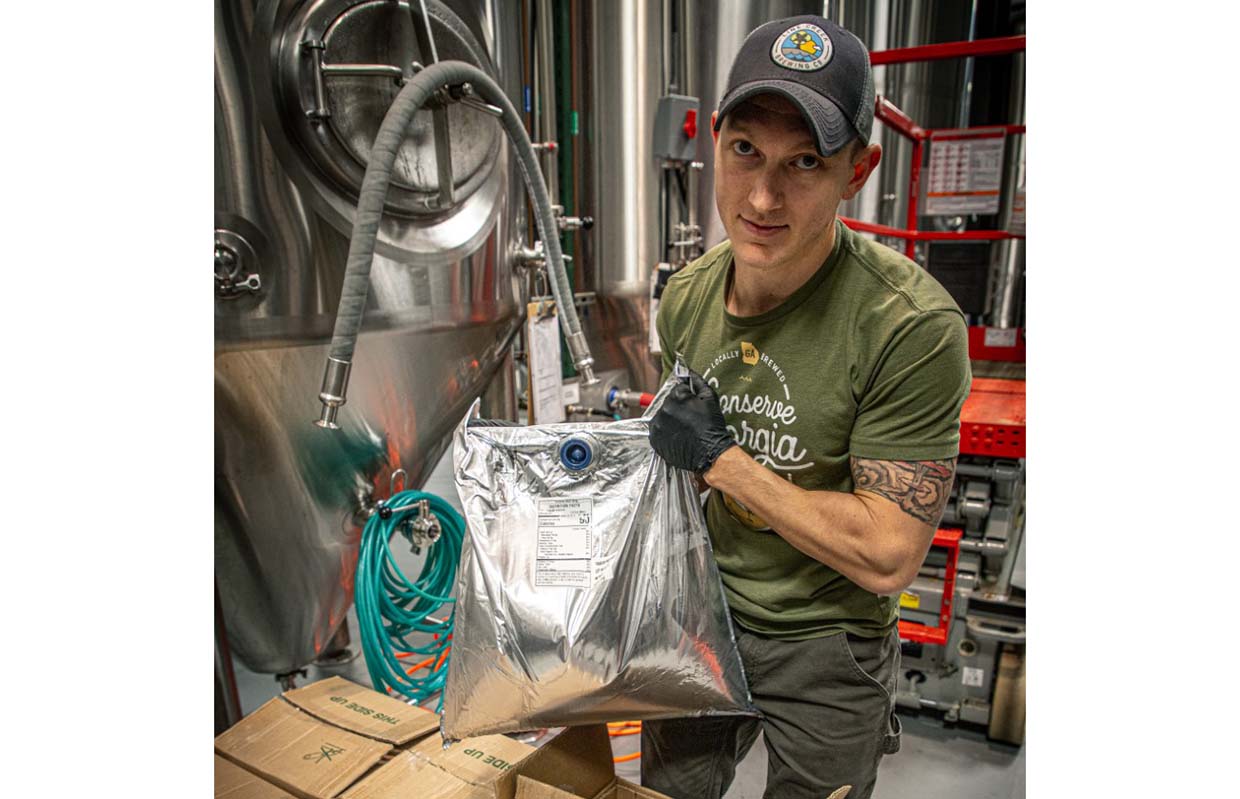
Walk into any brewery and every tap list is going to contain a light beer, an IPA, and something fruited. Its unavoidable to not run into fruited variations of beers, seltzers, and RTDs at this time in our industry.
Initially, fruit was maybe used in the craft brewing industry to entice people that weren’t “beer drinkers.” It gave an option for those that considered themselves wine drinkers or cocktail drinkers. And although it still serves that purpose, it now creates a variety of options for beer nerds and casual beer drinkers alike. Utilizing fruit in your brewery is now more important than ever.
Using fruit for different customer bases
No matter what drink of choice your customer or potential customer may have, adding fruit can grab their attention. Classic styles such as blonde ales and IPAs can be spruced up a bit by adding mango and passionfruit. And for those looking at the low calorie and gluten free options, a plain unflavored seltzer is not going to cut it. The addition of fruit is the only way to go here! What about those looking for new and exciting trends? When we talk about hype beers and hype breweries, only a few different styles of beer are thought about. The obvious is IPAs, but the majority of these trending beers styles are all fruited. Fruited smoothie beers and pastry sours rely on heavy amounts fruit to achieve the greatness that they are. The type of customer you are targeting is important, but almost every beverage choice can be enhanced with fruit.
Adding fruit to change perceptions & attract new customers
It’s inevitable that the phrases “I’m not really a beer drinker;” “I’m not a fan of sour beers;” or “What do you recommend to me as I only drink (insert beer name here)?” Adding fruit to existing styles or turning customers to new styles is a great way to change how people perceive beer and your brewery alike. Adding fruit to an IPA may change what people think about hoppy beers. Recommending a fruited seltzer or RTD will impress the average cocktail drinker. And what about those that are looking for NA beers? The majority of NA beers are lagers or IPAs. The addition of fruit can really expand that market.
And sometimes its not just about putting a fruited beer in your lineup. As every brewery has fruited beverages now. Standing out and being different in the category can also bring in new customers or retain the existing ones. One way to do this could be to blend different fruits to obtain unique flavor profiles. Utilize fruits that are obscure and not normally used in our industry. Combining fruits with other flavors and adjuncts such as vanilla, chocolate, or countless herbs and spices is a great way to differentiate yourself from the rest.
Adding fruit to everyday production schedule
Adding fruit to your production schedule can be simple. The first things to consider are type of beer, type of fruit, and method of adding. Using typical methods like adding fruit purees in the fermenter may only add an extra day or two to fermentation time. If added on the hot side, no extra time may actually be needed. Fruit purees are going to be one of the easiest methods but if using whole fresh fruit, consider the time and labor it is going to take to process the fruit. Another thing to consider when adding fruit to production would be shipping time and logistics. Shipping times will vary but usually ordering at the same time of all the other ingredients or even with the same supplier won’t add any time or issues. There is really no reason to not add fruit with this simplicity.
Conclusion
At this day in age in the craft beer industry, it is necessary to have a fruited beer on tap at any given time. By doing this you can ensure that any customer walking in can have a great experience. Differentiating yourself from the others can not only attract new customers but provide you with regulars. And with the simpleness of adding fruit to your production schedule, it’s a no brainer.





Be the first to comment